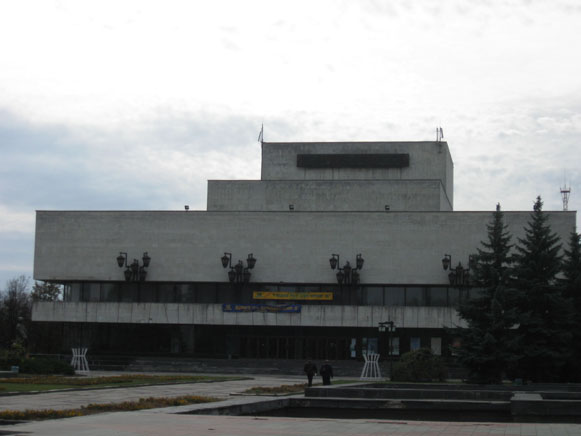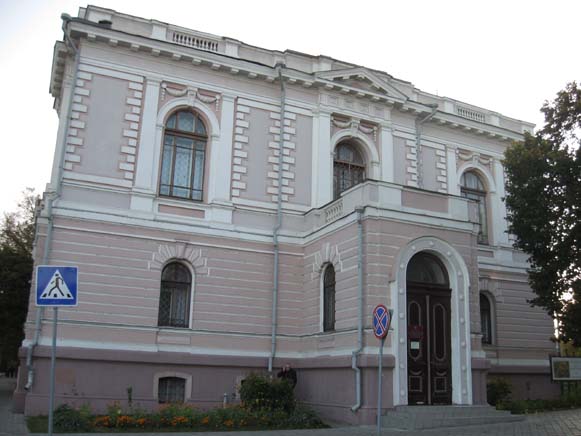Sumy
Sumy [Суми]. Map: III-15. A city (2011 pop 270,039) at the confluence of the Psol River and the Sumka River and an oblast center. It was founded in 1652 by peasants and Cossacks from Bila Tserkva regiment in Right-Bank Ukraine led by Colonel Herasym Kondratiev. The new settlement was soon fortified by the Muscovite voivode K. Arsenev (1656–8) to protect the territory from the Tatars. Located on the Putyvl–Moscow trade route, the town prospered. In 1660–1732 its population grew from 2,700 to 7,700. It was the center of Sumy regiment (1658–1765) and the seat of administration for all the regiments of Slobidska Ukraine (1732–43). Then it became the center of Sumy province of Slobidska Ukraine gubernia (1765–80) and a county center in Kharkiv vicegerency (1780–96), Slobidska Ukraine gubernia (1796–1835), and Kharkiv gubernia (1835–1923). By the mid-19th century Sumy was a well-established industrial and trading town: it had a glass factory (est 1710), three tanneries, a coach works, four brick factories, four candle works, a soap factory, and four major fairs a year. In 1732 it had five schools. A state-funded school opened in 1790 was reorganized as a county school in 1806 and provided with a library in 1834. The first theater was established in 1806. In the second half of the 19th century the town's industrial base grew rapidly. In 1869 a sugar refinery was built, and Sumy became a major center of the sugar industry. The construction of the Vorozhba–Merefa railway line stimulated the development of the machine-building and metalworking industries. In 1891 a machine-building plant and in 1896 a sugar machinery plant were built. The trade in food products and metal goods expanded greatly. The town's population increased from 10,300 in 1850 to 27,600 in 1897 and 50,400 in 1913.
In the Soviet period Sumy was an okruha center (1923–30), a raion center of Kharkiv oblast, and then an oblast center (from 1939). In 1926 its population was only 44,000 (80.7 percent of it Ukrainian, 11.8 percent Russian, and 5.5 percent Jewish). By 1939 the population had reached 63,900. In the 1930s the existing plants were expanded, and an electric machinery plant was set up. A pedagogical institute and several tekhnikums were opened. Rapid industrial expansion began in the 1950s: a furniture factory, a superphosphate plant, two reinforced-concrete plants, and an electron microscope plant were brought into operation. The population had reached 98,000 by 1959 and 159,000 by 1970.
Today Sumy is one of the chief industrial and cultural centers in northern Ukraine. Its main industries are machine building (to which belong the Machine-Building Manufacturing Consortium and the Electron Microscope Plant), the chemical industry (the Sumykhimprom Manufacturing Consortium and a resins plant), the food industry (a distillery, a sugar refinery, and meat- and fish-processing plants), light industry (footwear, woolen-cloth, and clothing factories), and the construction-materials industry. The city has 29 specialized high schools, 4 music schools, and several institutions of higher education, including Sumy State University, Sumy State Pedagogical University, Sumy National Agrarian University, and the Ukrainian Academy of Banking. It is the home of two research and design institutes, one specializing in compression machinery and the other in pumps for nuclear and thermal power stations. Its cultural facilities include Sumy Art Museum, Sumy Regional Studies Museum, Sumy Oblast Philharmonic Orchestra, Sumy Theater of Drama and Musical Comedy, and a young spectator's theater. The main architectural monuments are the guildhall (17th century), the Church of the Resurrection (1702), the Cathedral of the Transfiguration (1776–88), and Saint Elijah's Church (1836–51).
Volodymyr Kubijovyč
[This article was updated in 2011.]
.jpg)
.jpg)
.jpg)
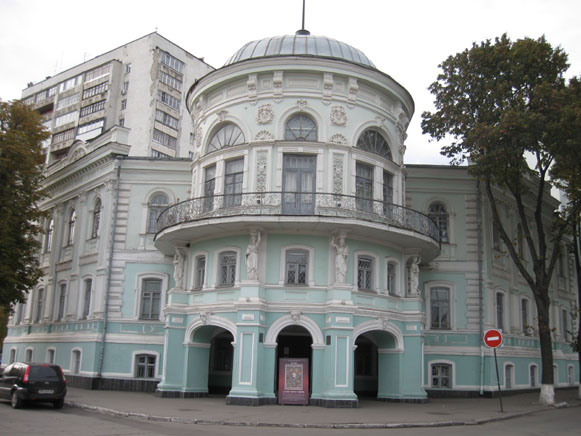
.jpg)
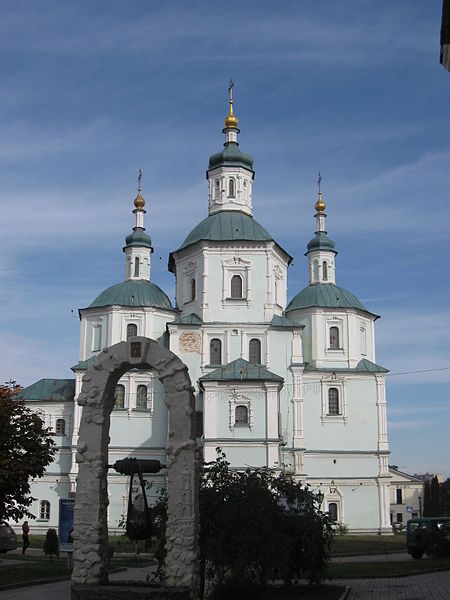
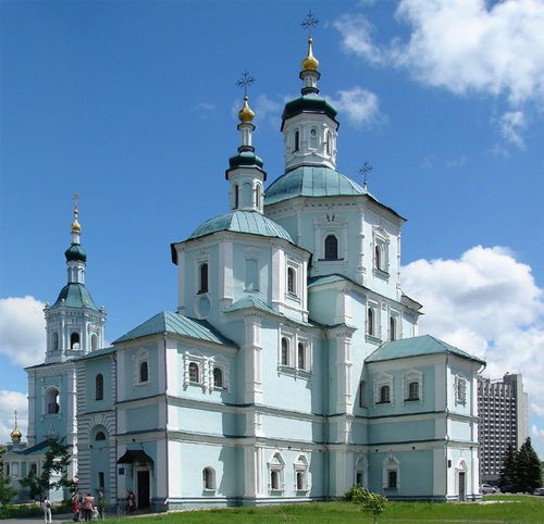
.jpg)
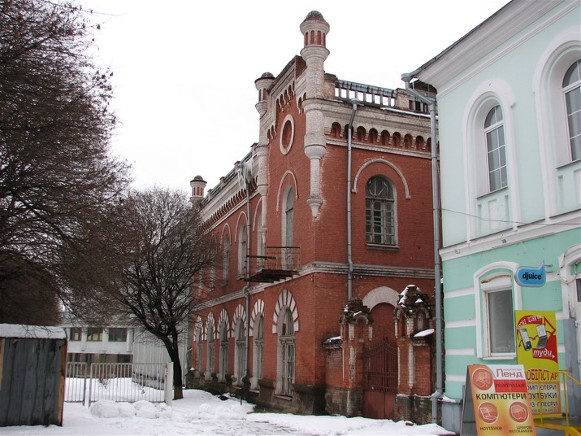
.jpg)
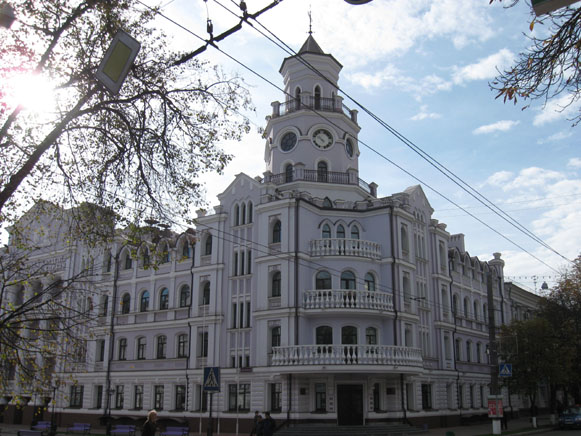
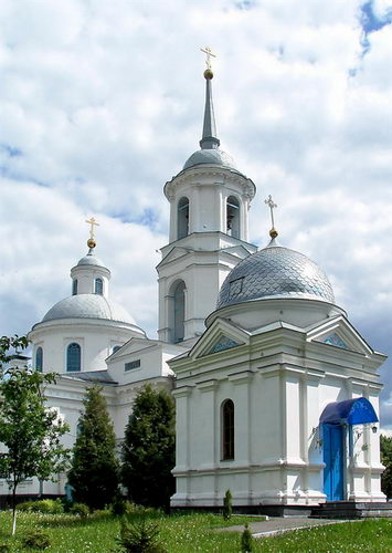
.jpg)
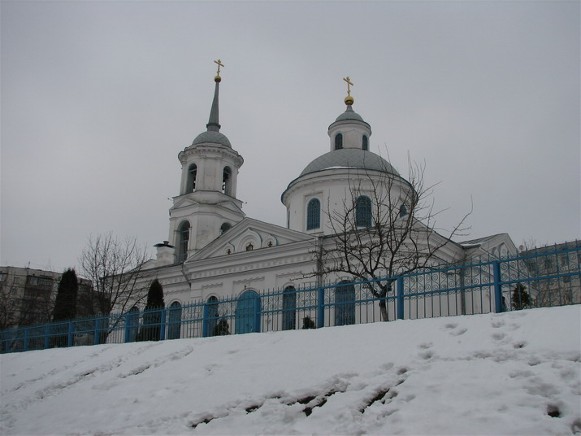
.jpg)
